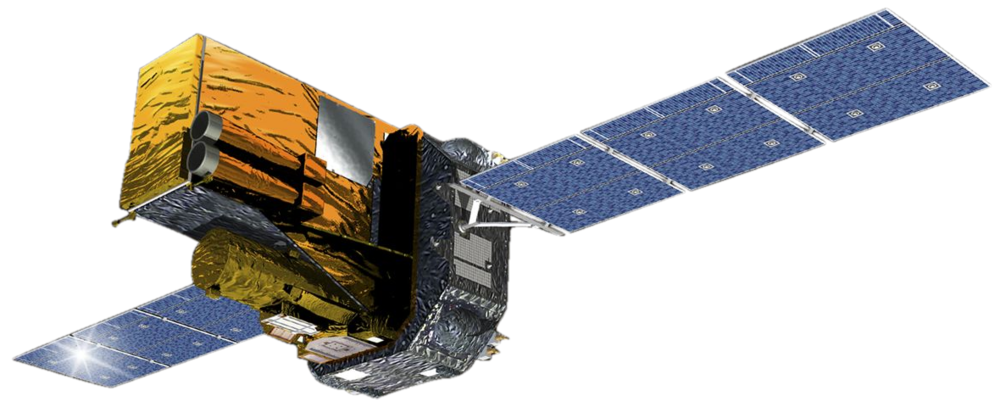ESA’s “International Gamma-Ray Astrophysics Laboratory” (INTEGRAL) has been observing the sky since October 2002 in the 3 keV– 10 MeV energy range, with excellent sensitivity during long and uninterrupted observations of a large field of view of 100 deg2, msec time resolution and keV energy resolution. In more than eighteen years of observations, INTEGRAL discovered almost 1000 high energy sources (see High energy surveys), performed pioneering γ-ray polarization, detected radioactivity from extragalactic supernovae (SNe), and shedded new light on the enigmatic positron annihilation in the Galactic Centre region, with its putative link to light dark matter.

With its anti-coincidence shields around the main instruments, INTEGRAL’s sensitivity above 75 keV is virtually omnidirectional, and, with its long, 2.7 day, orbit, the entire sky is accessible for continuous observations of up to about 2 days. This allowed INTEGRAL to took part in the ground- breaking discovery of the first prompt electromagnetic radiation in coincidence with a Gravitational Wave (GW) event. For the first time the counterpart was identified by detecting the prompt γ-ray emission in the form of a short GRB, in coincidence with a GW event due to the merger of a binary neutron star.
INTEGRAL has transformed our knowledge of the nature of many individual high-energy sources, by providing both accurate positions and detailed high-energy spectra for the first time. As a result, ~250 of the newly discovered sources have been firmly identified, and their dominant physical processes studied and understood.
The scientific objectives of INTEGRAL throughout these years of operation have all been addressed and, as the performance of the mission is still very good, are still being investigated. These include:
- GW and ultra-high energy neutrino events
- X-ray novae
- Extragalactic transient events, γ-ray bursts and fast radio bursts
- Supernovae, novae:
- Electron-positron annihilation
- AGN population studies and the cosmic X-ray background
